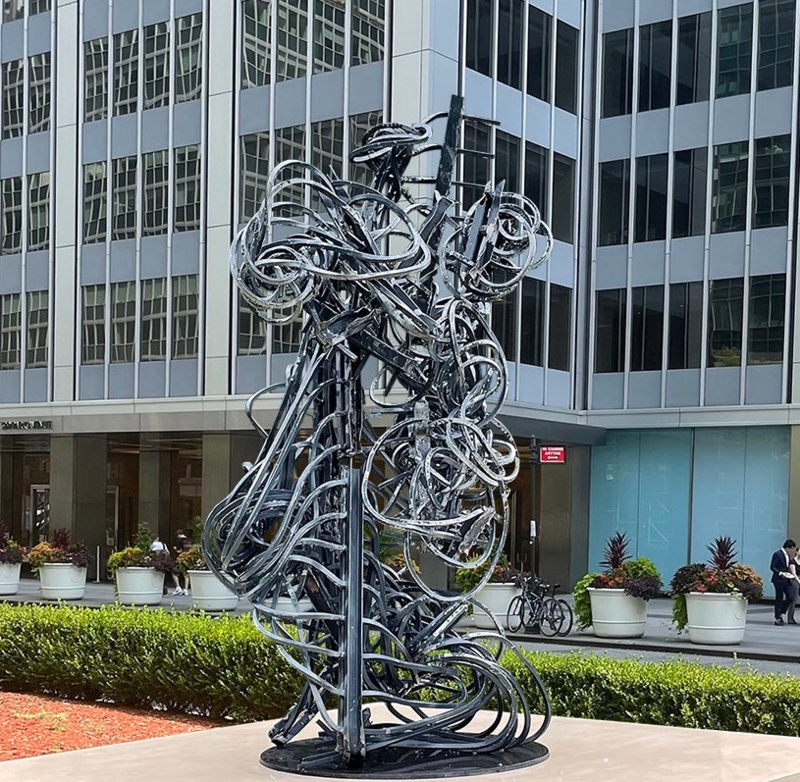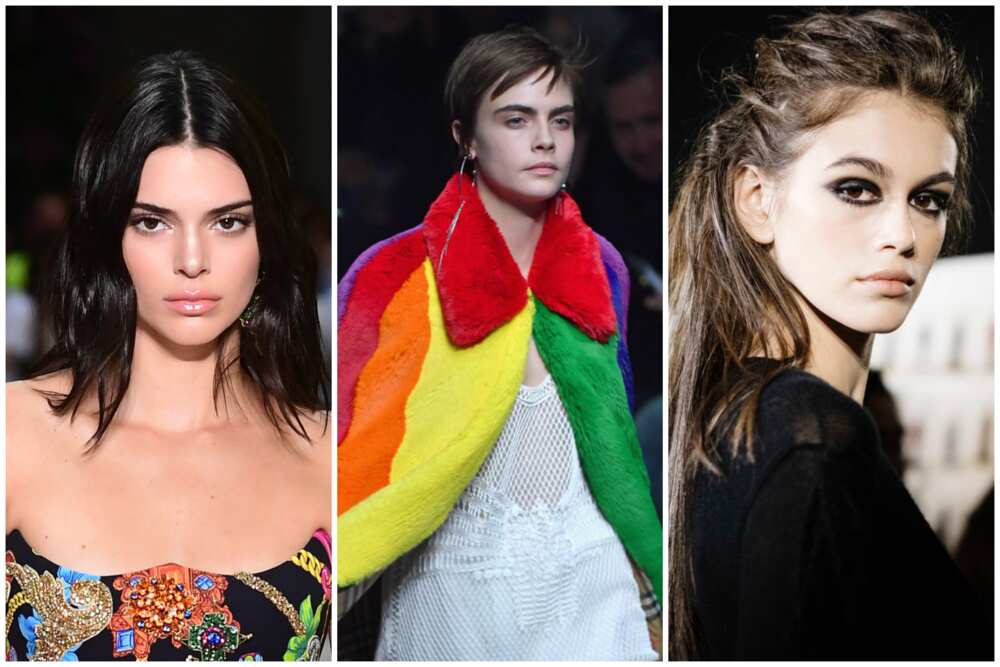This March brings forth a diverse range of art exhibitions and installations, from thought-provoking sculptures to botanical art and an immersive live painting demonstration! Explore the cultural landscape of New York City this spring by seeing artifacts from New Amsterdam at The New York Historical Society, giant sculptures along Park Avenue, mesmerizing videos on the billboards of Times Square, and more. Scroll down to discover the top art installations on view this month!
1. Traces in Order to Remember and Analogue Sites on Park Avenue

The Fund for Park Avenue will unveil two massive sculptures this spring by artists Jorge Otero-Pailos and Betsabeé Romero.Traces in Order to Remember by Betsabeé Romero is a collection of five sculptures, each with a unique story to tell. On The Other Side Of The Track, a tower that symbolizes the industry and exploitation of Western colonization, kicks off the series on 81st St. The series continues uptown with Moon Seal and Warriors in Captivity III on 82nd St, Warriors in Captivity at 83rd Street, and Rubber and Feathered Snakes at 83rd Street. Romero is a Mexican visual artist who uses everyday materials in her work.
Jorge Otero-Pailos’ sculpture is made of large steel pieces wrought from a fence that once surrounded the former U.S. Embassy in Oslo. Part of an upcoming exhibition, Analogue Sites, the sculpture aims to raise awareness of the importance of American modern architecture and the preservation of mid-century embassies. Originally placed in Oslo, the art piece will relocate to Park Avenue in mid-March. It will be on display until October 2024. Don’t miss out on the Spring Program Lecture











